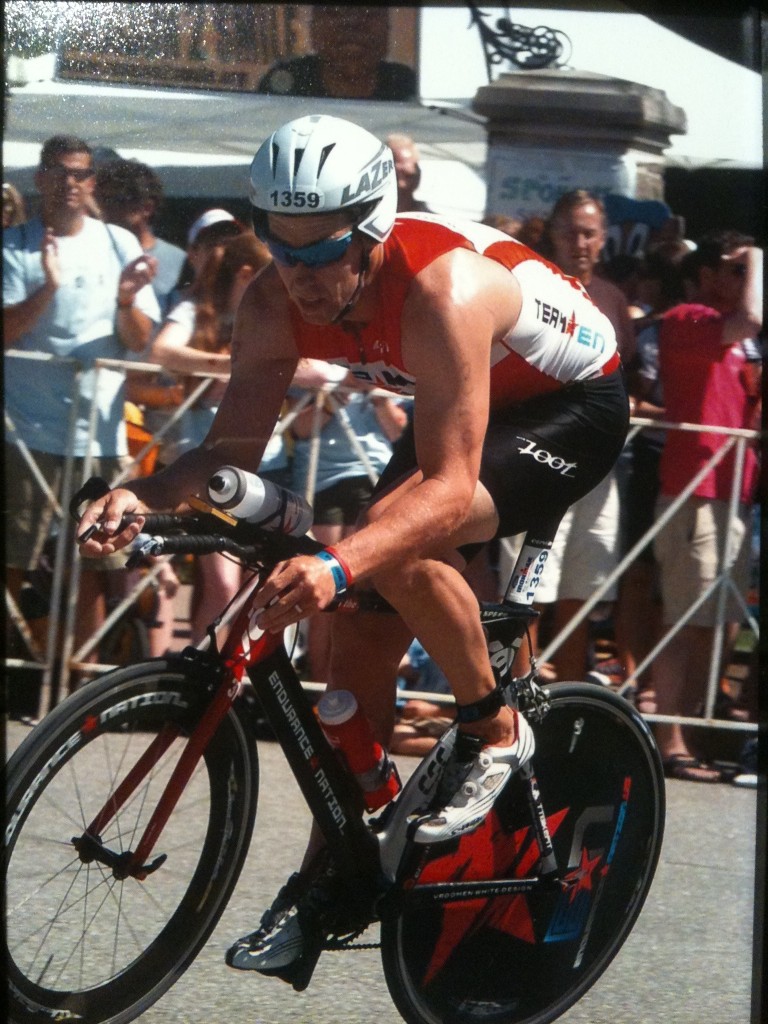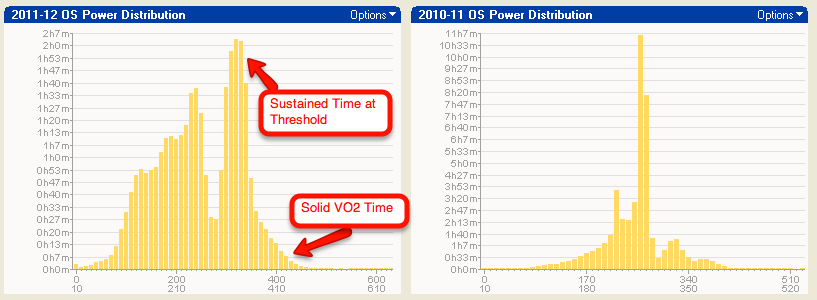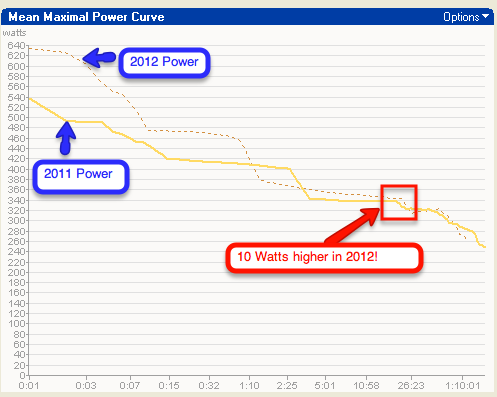I started the 2012 Ironman® triathlon training and racing season with some very lofty performance goals. It was clear to me at the end of last year that while I was fitter, the competition was getting stronger, not to mention that the overall number of slots for Kona were being reduced because of additional races. While I previously competed for up to 8 slots at any given race because of my age group…I’m now looking at only half that. With all of that in the back of my head, I knew it was time for me to buckle down and do something special.
[box]
Want to Follow the Same Plan as Coach Patrick?
>> Learn more & Register for our FREE 8-Week FastCamp here!
[/box]
My progress thus far
I did a lot of work behind the scenes to adjust my training plan, most of it with the help of the Team, and I am very excited about the results of that I have seen in such a short period of time. I know, that’s how the Endurance Nation methodology works in the winter: Build your Fast. But seeing as this is my 5th consecutive year of the OutSeason® plan, I knew something had to change. After 14 weeks of focused training, my bike FTP is at an all-time high. And my run has improved as well.
This is my bike chart:
These are the run PRs I set this fall and winter:
- 5k – 17:42….a 30-second PR!
- 5mi – 29:15…a 40-second PR!
- 10k – 36:59…more than a minute PR!
How did I do it?
I started the day after Hawaii by committing myself to 3 solid weeks off. I just set a new personal best of 9:52, and I knew that progress was not going to be easy this winter. With Hawaii being early in October, I knew I had until the start of November to myself. I made the most of this period of time by sleeping in, relaxing, spending time with my family, and eating every single piece of Halloween candy I could find!
By the end of this three-week period, I had put on almost 10 pounds and was not only well–rested but also kind of disgusted with myself!
My point here is this: Any time you think about doing more work it has to include a conversation about more rest. I factored my rest in early in the season so I would be able to hit the winter training hard. If all you do is think about hard work and where it can get you, your progress will only last for so long before it all comes tumbling down with burnout or an overuse injury.
The EN OutSeason® Plan — Tweaked for More
As some of you probably already know, our OutSeason® training plans are focused entirely on building speed versus endurance. In working with the time–constrained triathlete, we know just how important it is to build critical speed and strength in the winter when there are minimal volume considerations or events on the schedule.
#1 – Added Weekly Bike VO2 Session
Using our OutSeason® training plan as a starting point, I modified the bike workouts for the 1st eight weeks to include some V02 sessions — of the 3 bikes on the schedule I simply removed the Thursday threshold bike and replaced that with a VO2 session.
#2 – Went to 36-hour Recovery
Another change that I made to the OutSeason® plan, due largely in part to my flexible schedule, was scheduling workouts approximately 36 hours apart. I did this by doing Monday’s workout in the morning, Tuesday’s workout at lunchtime, Wednesday’s work out in the evening, taking Thursday off…and then repeating that cycle for Friday, Saturday and Sunday. This effectively increased my between session recovery by 150%. The OutSeason® training plans are already effective; adding more recovery time only made it even more powerful for me.
#3 – Monitored & Tracked Recovery
The final, most substantial change that I made to my winter training, was the introduction of the RestWise tool. This is a combination online platform and pulse oximeter for your finger. It combines both objective and subjective data on a daily basis to give you a visual representation of your recovery. Following these guidelines to make sure that I only trained on my recovery level was 80% or higher meant that I hit every session ready to do some serious work.
Compared to the conventional wisdom of triathlon training, where fatigue and “time spent training” are key metrics, focusing on recovery and quantifying it is almost counterintuitive. But the results speak for themselves. Coming off of my best year ever in triathlon, I’ve been able to put together an incredible 14 weeks. This is certainly a sample size of just one, but hopefully it provides you with some food for thought on how you can improve your training to get more for the time you spend. You can learn more about RestWise and save 10% on their tools and services by clicking here.
[box]
Want to Follow the Same Plan as Coach Patrick?
>> Learn more & Register for our FREE 8-Week FastCamp here!
[/box]
Coming Up Next
In part two of this post, I will detail the changes for my 2012 season. This will include how I am planning to build on the success of my winter training by directing it right into an early-season Ironman. This will be a true test of my ability to both handle work and to create an effective schedule that still allows me to focus on the other priorities in my life.
Stay tuned!





Leave a Reply